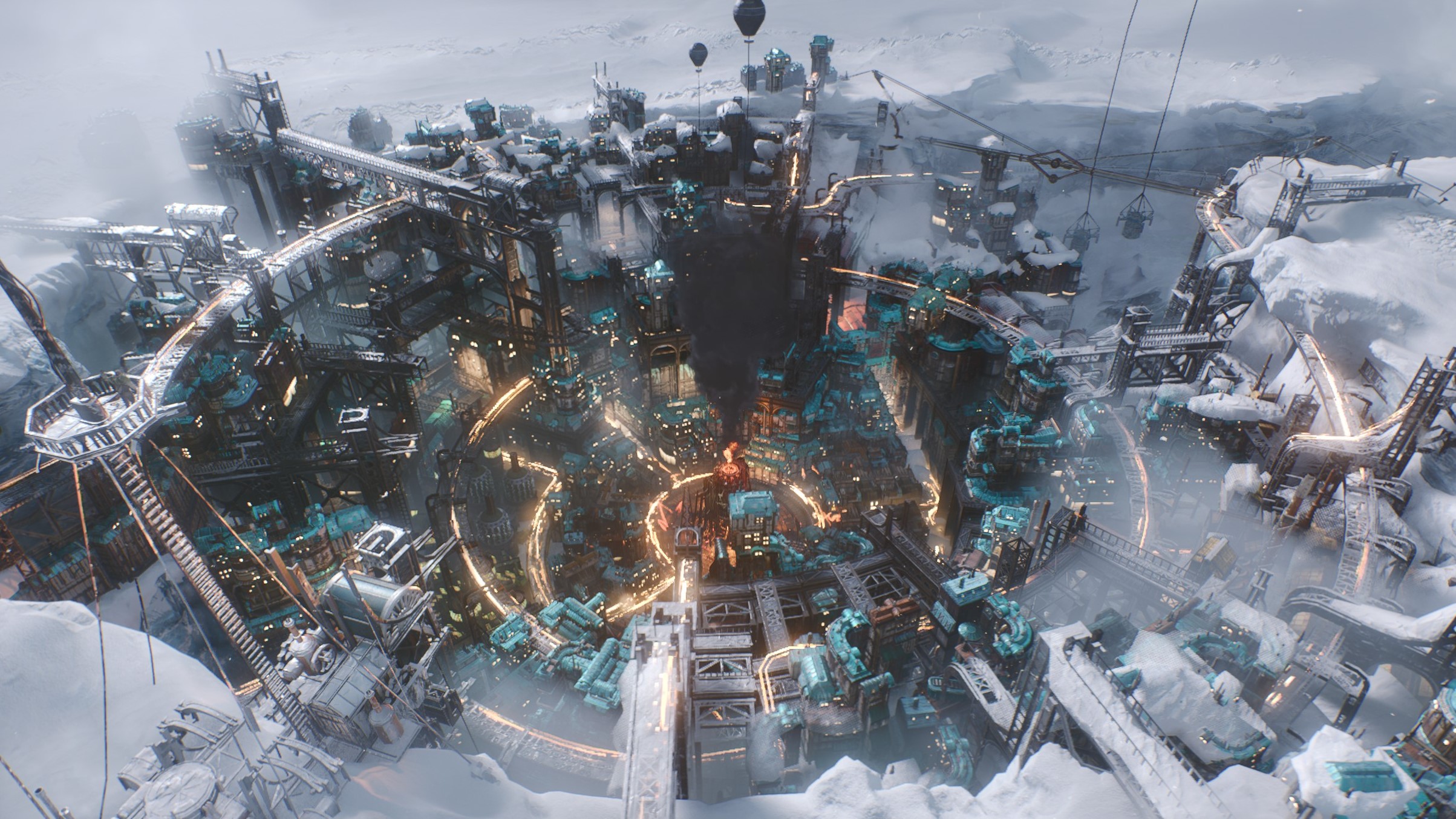
Save New London by experimenting with new ways to mine coal.
Can’t work out how to build the Research Institute in Frostpunk 2? After you survive the prologue and its whiteout, you’ll find yourself back in cheery New London. However, all is not well, and the city is currently experiencing a period of turbulence as coal stocks diminish and the weather is getting worse.
Your initial objective will be to construct a Research Institute to investigate more ways of producing fuel and making what little coal there is last. That’s easier said than done, though. Here I’ll explain how to build the Research Institute and progress the story.
How to build a Research Institute
You need to expand one of your new housing districts to make a space for the Research Institute (Image credit: 11 Bit Studios)
Now the district has a building slot you can place the institute (Image credit: 11 Bit Studios)
One of your first objectives in chapter one is building a Research Institute so you can find new ways to mine extra coal and restart the generator, saving New London from its dire predicament. The problem is, when you select the Research Institute building in the menu, there’s no clear place to actually put it.
What you need to do is make space for it by expanding a district. Another of your initial objectives in chapter one is to build two new housing districts, so click on one of those, and look for the four arrow symbol at the bottom right of its toolbar. This lets you “Expand the District” and it’s a vital feature in Frostpunk 2, since expanded districts have additional building slots. Click this, pay the prefab and heatstamp cost, and wait for it to complete.
Once the expansion is finished, you’ll be able to place the Research Institute in the housing district, which will open up the ideas tree for research. Remember, expanding districts is important since it grants them building slots, and the buildings you place in each district are what really determine their ability to produce and store resources.






